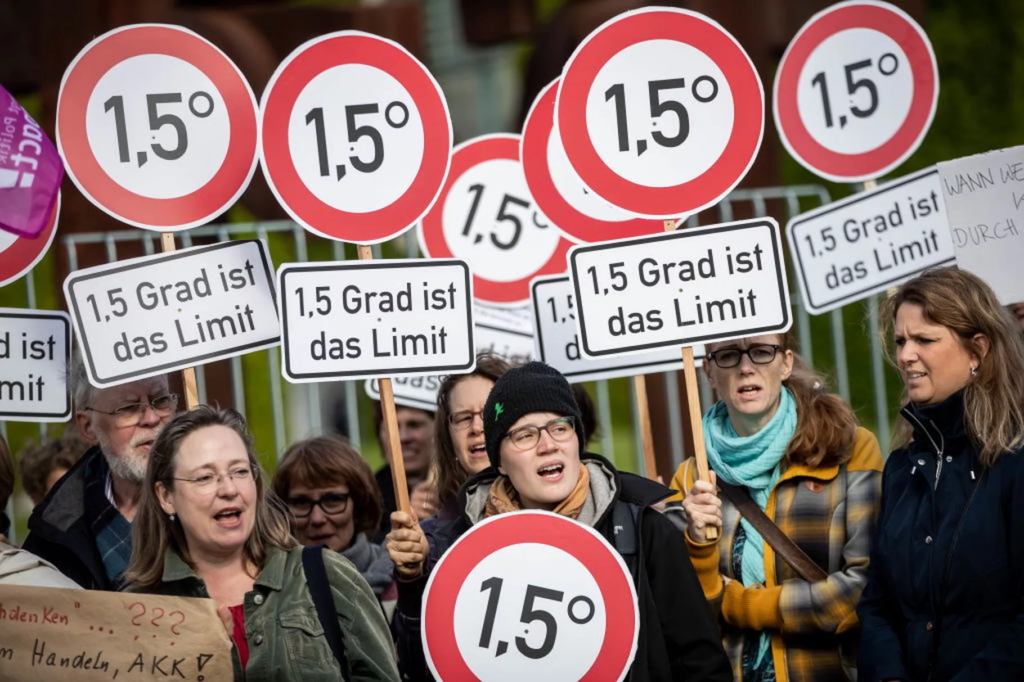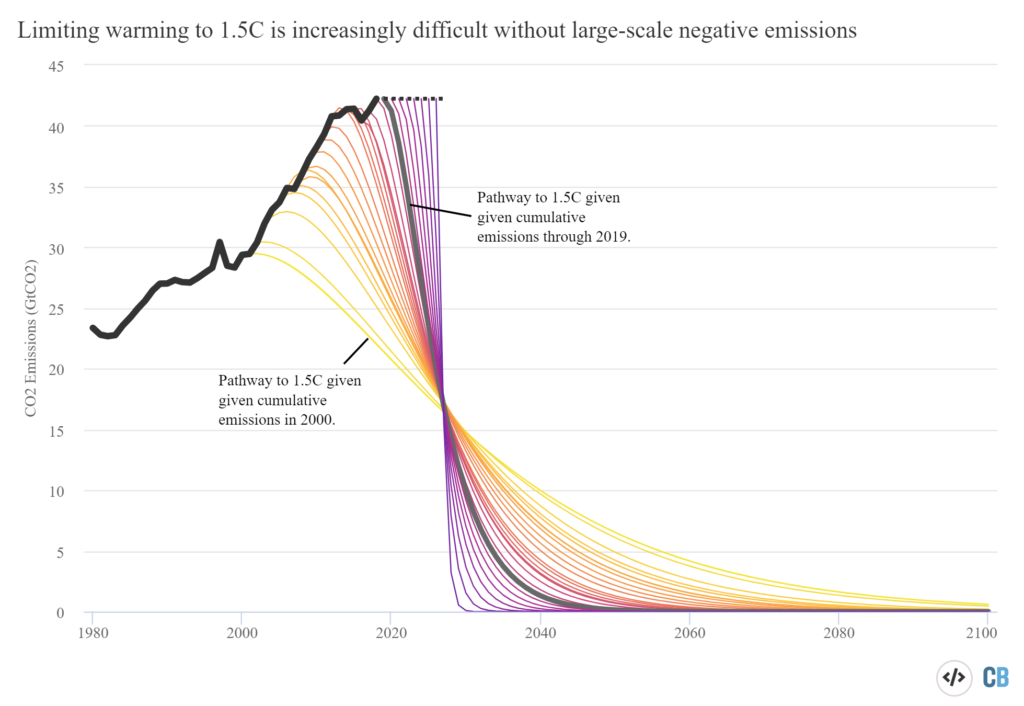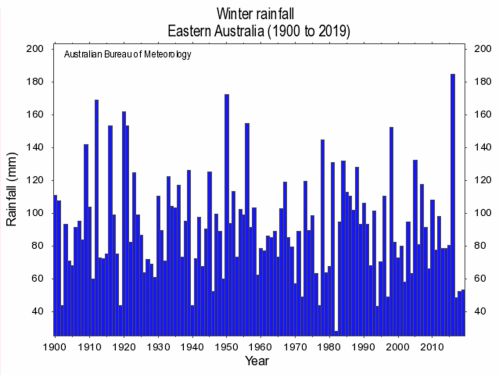The sad truth about our boldest climate target – Limiting global warming to 1.5˚C is almost certainly not going to happen. Admitting this need not end hope.

By David Roberts
3 January 2020
(Vox) – In the 2015 Paris climate agreement, the countries participating in the United Nations Framework Convention on Climate Change (UNFCCC) agreed to a common target: to hold the rise in global average temperature “well below 2 degrees Celsius above pre-industrial levels and to pursue efforts to limit the temperature increase even further to 1.5 degrees Celsius.” The lower end of that range, 1.5˚C, has become a cause célèbre among climate activists.
Can that target still be met? Take a look at this animation from Carbon Brief:
No graphic I’ve ever seen better captures humanity’s climate situation. If we had peaked and begun steadily reducing emissions 20 years ago, the necessary pace of reductions would have been around 3 percent a year, which is … well, “realistic” is too strong — it still would have required rapid, coordinated action of a kind never seen before in human history — but it was at least possible to envision.
We didn’t, though. We knew about climate change, there were scientists yelling themselves blue in the face, but we didn’tturn the wheel. Global emissions have only risen since then. Humanity has put more CO2 in the atmosphere since 1988, when climate scientist James Hansen first testified to Congress about the danger of climate change, than it did in all of history prior.
Now, to hit 1.5˚C, emissions would need to fall off a cliff, falling by 15 percent a year every year, starting in 2020, until they hit net zero.
That’s probably not going to happen. Temperature is almost certainly going to rise more than 1.5˚C.

A lot of climate activists are extremely averse to saying so. In fact, many of them will be angry with me for saying so, because they believe that admitting to this looming probability carries with it all sorts of dire consequences and implications. Lots of people in the climate world — not just activists and politicians, but scientists, journalists, and everyday concerned citizens — have talked themselves into a kind of forced public-facing optimism, despite the fears that dog their private thoughts. They believe that without that public optimism, the fragile effort to battle climate change will collapse completely.
I don’t think that’s true, but I can’t claim to know it’s not true. Nobody really knows what might work to get the public worked up about climate change the way the problem deserves. Maybe advocates really do need to maintain a happy-warrior spirit; maybe a bunch of dour doomsaying really will turn off the public.
But it is not the job of those of us in the business of observation and analysis to make the public feel or do things. That’s what activists do. We owe the public our best judgment of the situation, even if it might make them sad, and from where I’m sitting, it looks like the 1.5˚C goal is utterly forlorn. It looks like we have already locked in levels of climate change that scientists predict will be devastating. I don’t like it, I don’t “accept” it, but I see it, and I reject the notion that I should be silent about it for PR purposes. [more]


